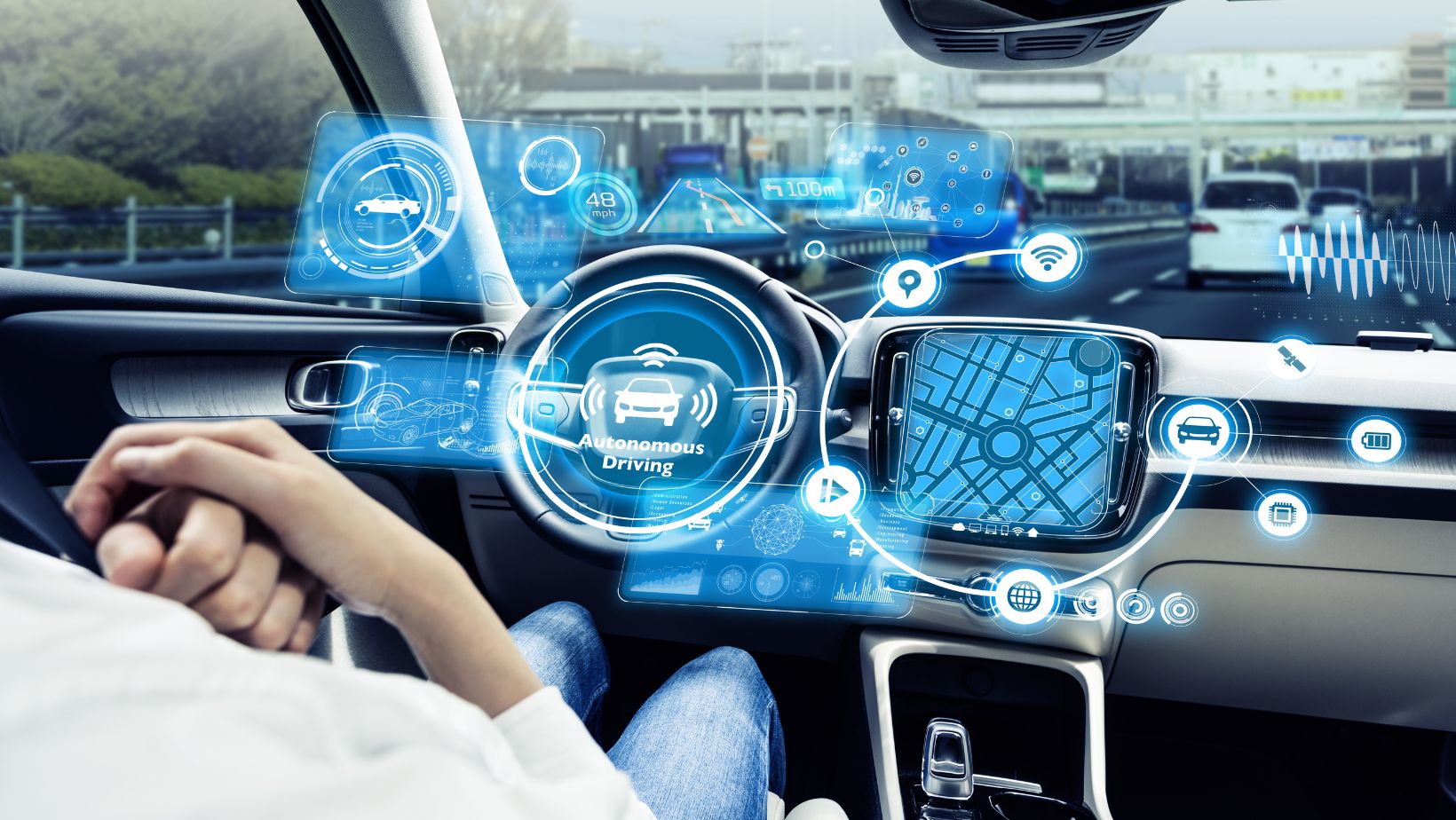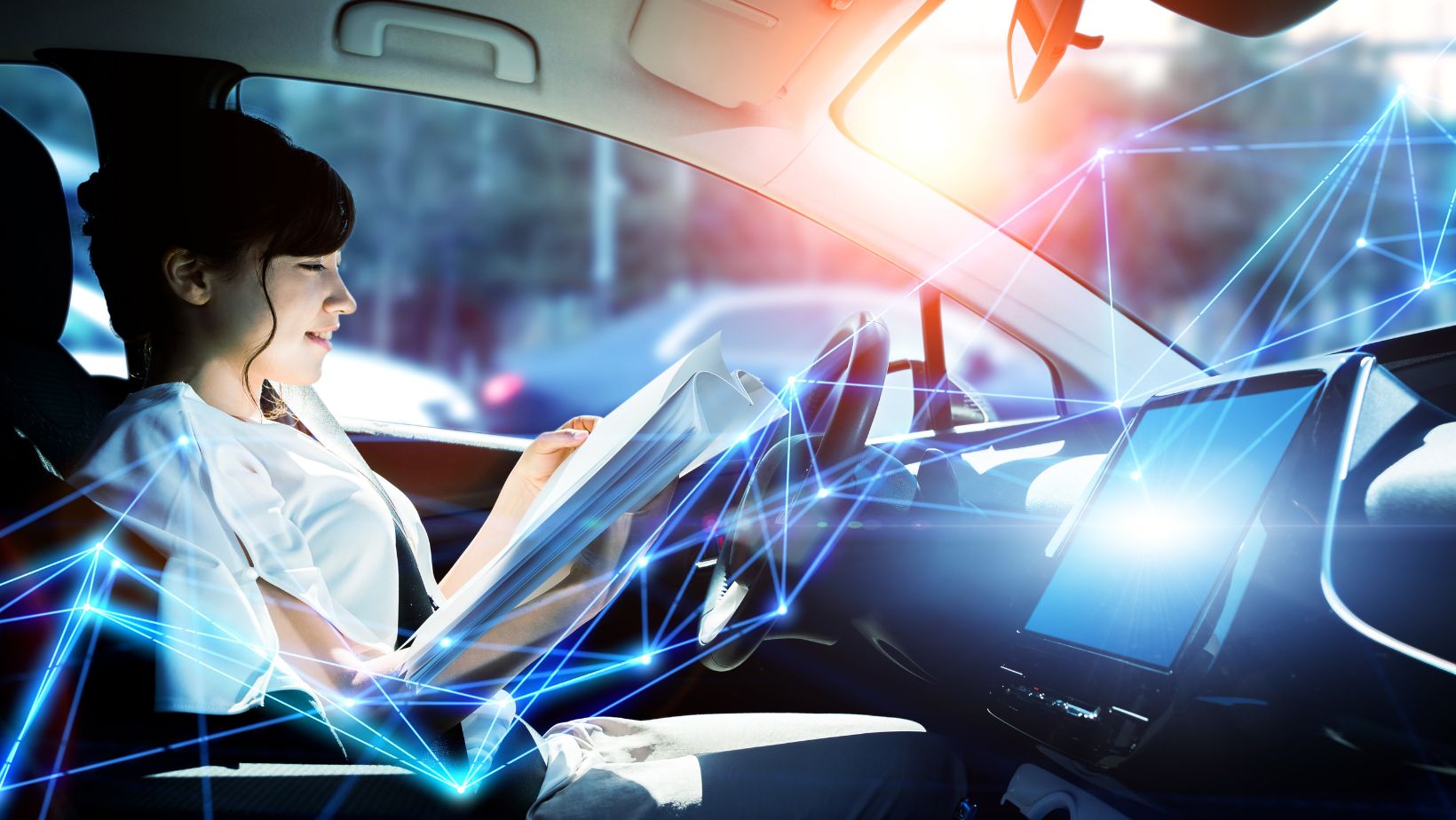
Engineers and designers toiled to produce cars that were faster, more fuel-efficient, and visually appealing to consumers, setting new standards with each model year.
However, as the years have progressed, a paradigm shift has become evident in the industry’s priorities. Today’s automotive innovations are placing a heightened emphasis on safety, recognizing the profound impact of vehicle mechanics on accident prevention and injury mitigation. Advanced vehicle mechanics, equipped with sophisticated sensors and smart algorithms, are no longer just about improving the driving experience; they are crucial lifesavers on the road. In this article, we will explore these cutting-edge safety breakthroughs, shedding light on how they’re revolutionizing the concept of vehicular protection and setting new benchmarks for road safety.
1. Adaptive Cruise Control (ACC)
Traditional cruise control allows cars to maintain a steady speed. However, ACC goes a step further. Using radar and cameras, it monitors the traffic ahead and automatically adjusts the speed to maintain a safe following distance. By reducing the need for manual braking and acceleration, ACC not only makes highway driving more comfortable but also significantly reduces the chances of rear-end collisions.
2. Automatic Emergency Braking (AEB)
AEB systems can detect an impending collision and automatically apply the brakes if the driver doesn’t act in time. Studies have shown that AEB can significantly reduce the number and severity of front-to-rear crashes.
3. Lane Departure Warning & Lane Keeping Assist
Drifting out of one’s lane can result in severe side and head-on collisions. Lane Departure Warning systems alert the driver if they start veering out of their lane without signaling.

In more advanced systems, Lane Keeping Assist can gently steer the car back into its lane, ensuring it stays on course.
4. Blind Spot Detection
Blind spots have been a persistent challenge for drivers. However, with the advent of blind-spot detection, sensors on the vehicle monitor areas not visible in the standard rear-view or side mirrors. If a vehicle is detected in one of these blind spots, especially during lane-changing maneuvers, the system alerts the driver, thus preventing potential side collisions.
5. Traction Control & Electronic Stability Control (ESC)
These systems work in tandem to prevent wheel spin during acceleration and ensure the car remains stable, especially in slippery conditions. ESC detects and reduces the loss of traction by automatically applying brakes to individual wheels, helping drivers maintain control in challenging driving scenarios.
6. Advanced Airbag Systems
Today’s cars don’t just come with front airbags. They’re equipped with side airbags, knee airbags, and even curtain airbags that deploy from the roof to protect against side-impact collisions. These systems are also becoming smarter, adjusting the deployment force based on the severity of the crash and the size of the occupant.
7. Pedestrian Detection & Automatic Braking
With urban areas becoming more congested, pedestrian safety is paramount. New systems can identify pedestrians crossing or walking along the road.

If the driver doesn’t react, the car can automatically brake, reducing the severity of the impact or avoiding the collision altogether.
8. Rear Cross-Traffic Alert
Backing out of a parking spot, especially in crowded areas, can be risky. This system warns drivers of approaching vehicles from the side, ensuring safer reversing maneuvers.
9. Tire Pressure Monitoring Systems (TPMS)
Underinflated tires can lead to reduced handling capability, longer stopping distances, and even blowouts. TPMS alerts drivers when tire pressure drops below safe levels, ensuring optimal performance and safety.
10. Energy-absorbing Steering Systems and Collapsible Engine Mounts
In the event of a frontal collision, these systems ensure that the engine and steering column don’t intrude into the cabin, thus reducing the risk of injuries to the driver and front-seat passenger.
The realm of vehicle mechanics has transcended beyond just facilitating movement. Today, it’s about safeguarding lives. The integration of advanced sensors, smart algorithms, and responsive systems has transformed modern vehicles into protective cocoons, actively working to prevent accidents and shield occupants from harm.
While these innovations are commendable, it’s essential to remember that they supplement, not replace, responsible driving. They serve as an added layer of protection, ensuring that when human reflexes falter, mechanical precision steps in to avert potential tragedies.
As the automotive industry continues to evolve, we can anticipate even more groundbreaking safety features. The fusion of advanced mechanics with emerging technologies like artificial intelligence promises a future where roads are safer, and accident-induced injuries become a rarity. Until then, leveraging these innovations and driving with care remains our best defense against highway hazards.







































